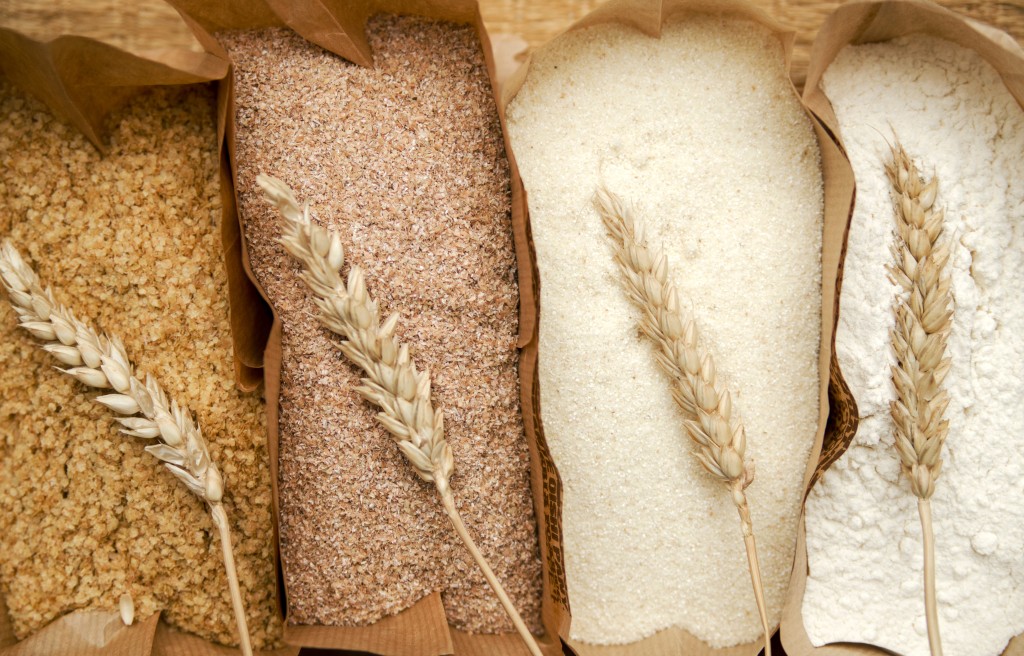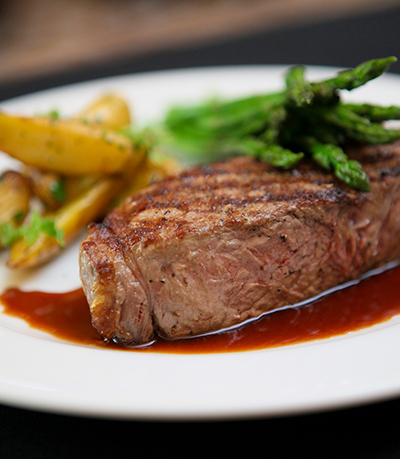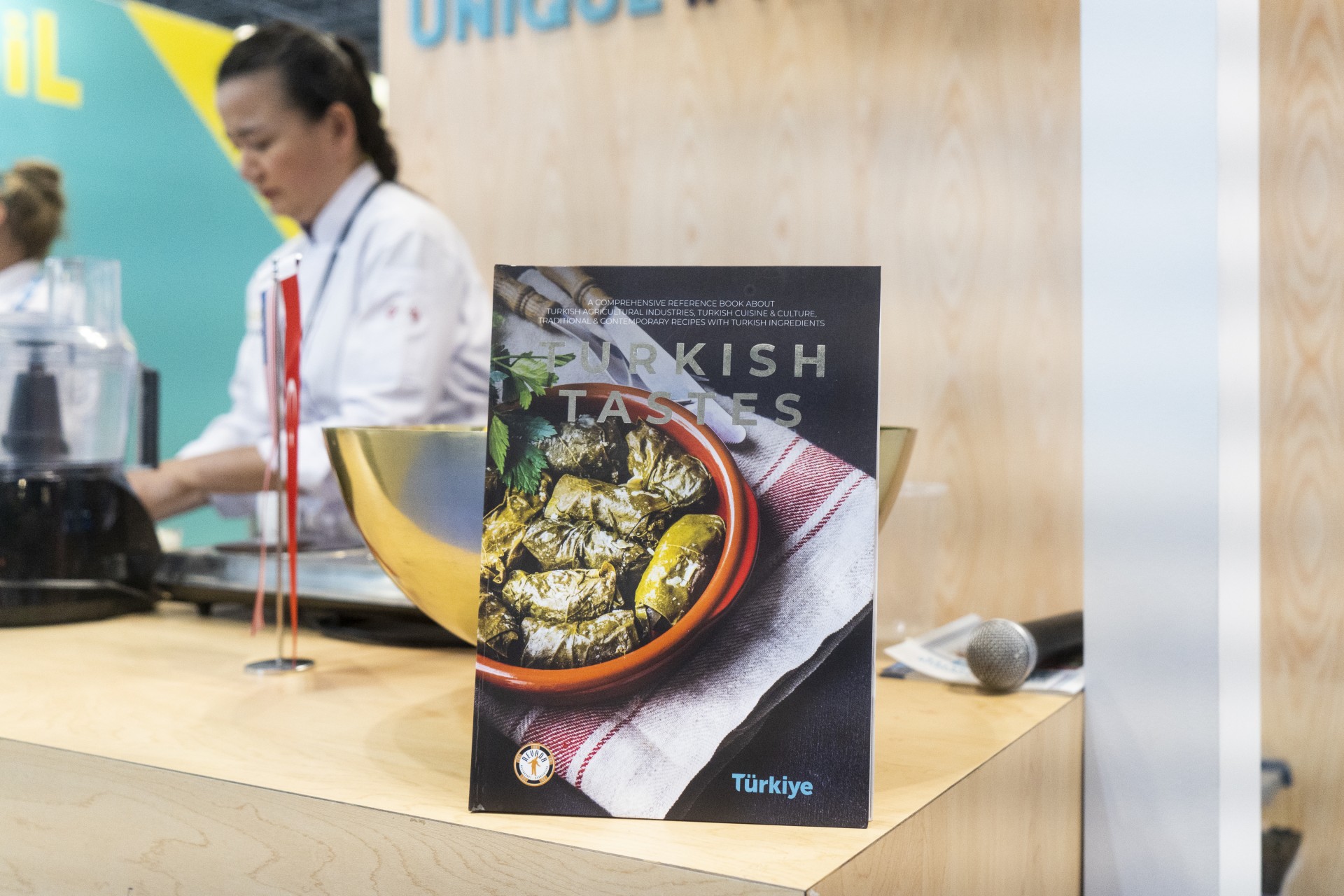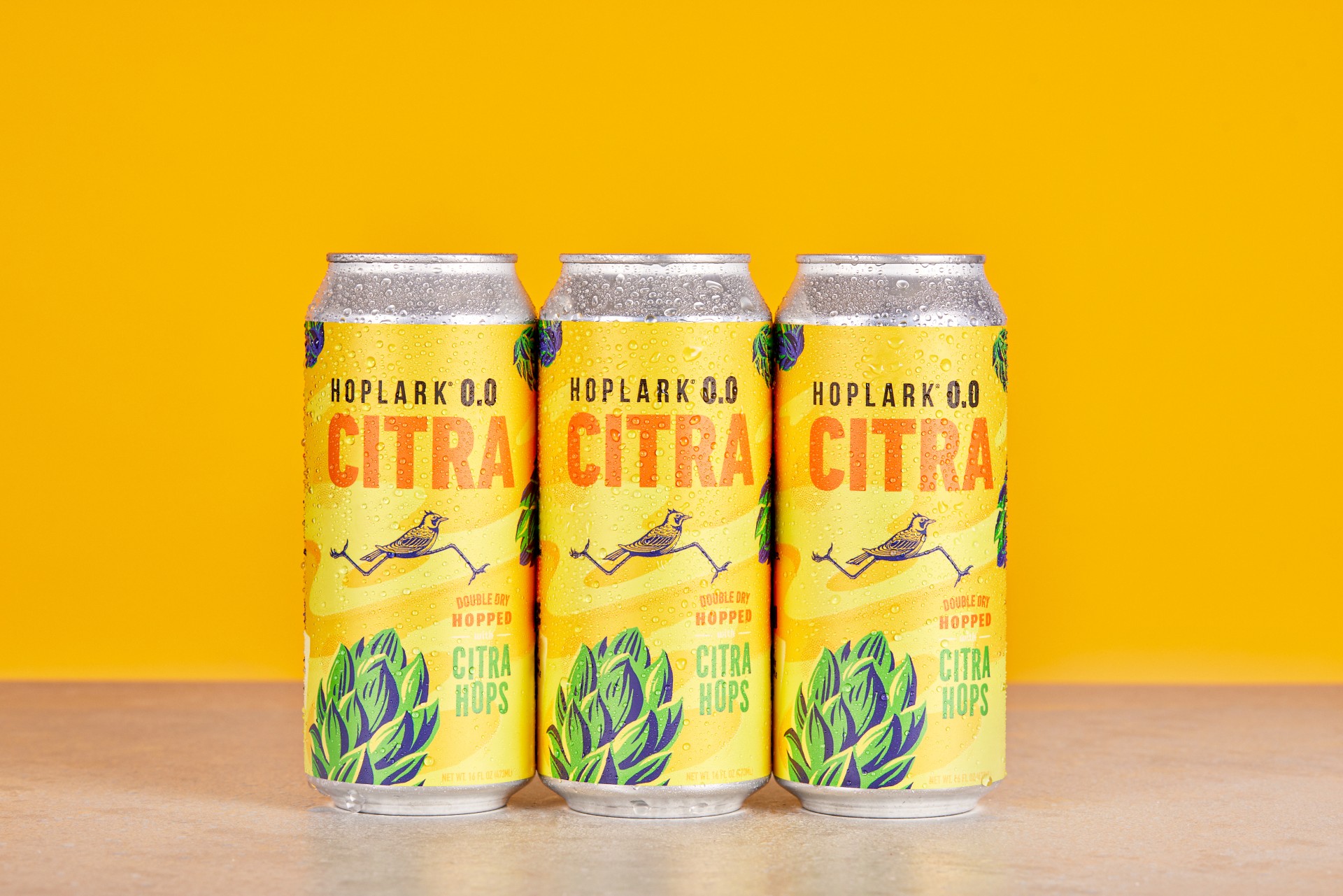How to master the art of choosing the right flour for cakes, pizzas, breads, and beyond.
If you’ve ever attempted to bake the perfect pizza or whip up a light, airy cake only to be met with disappointment, the answer might be simpler than you think: it’s all in the flour. Enter the “Pure Flour from Europe” initiative—backed by ITALMOPA (the Italian Milling Industry Association) and co-funded by the European Union—which is here to demystify the complexities of organic wheat flour and semolina. The program aims to educate bakers and home cooks across Canada and the U.S. on the diverse varieties of organic wheat products and how to use them to achieve the best results, and why Pure Flour from Europe is a better choice.
Let’s break down the essentials of choosing the right flour for your baking needs.
The Types of Organic Flours & What They Do
Organic flour from soft wheat is the goto for everything from cakes to bread, with each type bringing unique properties to the table. Here’s a cheat sheet on how to match the right flour to your culinary masterpiece:
- Type 00 Flour: The most refined flour, Type 00 is bright white, has a neutral flavor, and is low in protein. Its smooth texture makes it ideal for delicate pastries, fresh pasta, and cookies.
- Type 0 Flour: Slightly less refined than Type 00, this flour works well for elastic doughs, which is why it’s often used for pizza, bread, and leavened cakes.
- Type 1 Flour: A semiwhole wheat flour that retains more bran and wheat germ, Type 1 has a robust flavor and is perfect for rustic breads with a heartier texture.
- Type 2 Flour: The closest you’ll get to whole wheat flour, this option is rich in nutrients and is often combined with white flours for breadmaking.
- Whole Wheat Flour: As the name suggests, this flour contains the entire grain, making it nutrientdense but trickier to handle. Best suited for hearty breads, it’s harder to achieve that soft, fluffy texture we love in pastries.
The World of Organic Semolina
For those looking to dive into the realm of pastamaking or create a more textured dough, semolina—made from durum wheat—is your best bet. Organic semolina stands out with its yellow hue and higher protein content, making it ideal for dry pasta, cookies, and even pizza crusts.
Semolina comes in different grinds:
- Semola (Semolina): Best for fresh pasta and hearty baked goods.
- Semolino: Coarser in texture, it’s used in Romanstyle gnocchi and desserts.
- Semola Rimacinata (Remilled Semolina): A finer grind, this is excellent for leavened products like breads and pizza.
Beyond its versatility, semolina boasts a lower glycemic index than soft wheat flours, along with a higher concentration of fiber, vitamins, and minerals. If you’re seeking a healthier alternative for your baking, semolina is an excellent option.
Flour “Strength” and Why It Matters
In the baking world, “strength” isn’t about lifting weights—it’s about the gluten content. The higher the gluten, the stronger the flour. This “strength” influences how much water the dough can absorb and how elastic it will become, key elements in getting that perfect, airy rise in your bread or a delicate, crumbly texture in your cookies.
- Weak Flours: Low in gluten, these are ideal for shortcrust pastry, cakes, and cookies.
- Medium Flours: If you’re making pizza, focaccia, or sponge cake, a mediumstrength flour will give you the structure and chew you’re looking for.
- Strong Flours: Breads with long proving times, like brioche or panettone, demand strong flours that can hold up through lengthy fermentations. These flours absorb more water, retain more carbon dioxide, and result in that pillowy, soft interior.
Making the Right Choice for Perfect Results
Understanding these differences in flour types and strengths is essential if you want to elevate your baking game. Whether you’re aiming for a crispy pizza crust, a rustic bread, or a light, fluffy cake, selecting the right organic flour is half the battle.
For an extra edge, consider experimenting Pure Flour from Europe with organic semolina—its high protein content and versatility make it an excellent choice for both savory and sweet creations. By learning the nuances of flour, you’ll unlock the full potential of your doughs and batters, and who knows?








